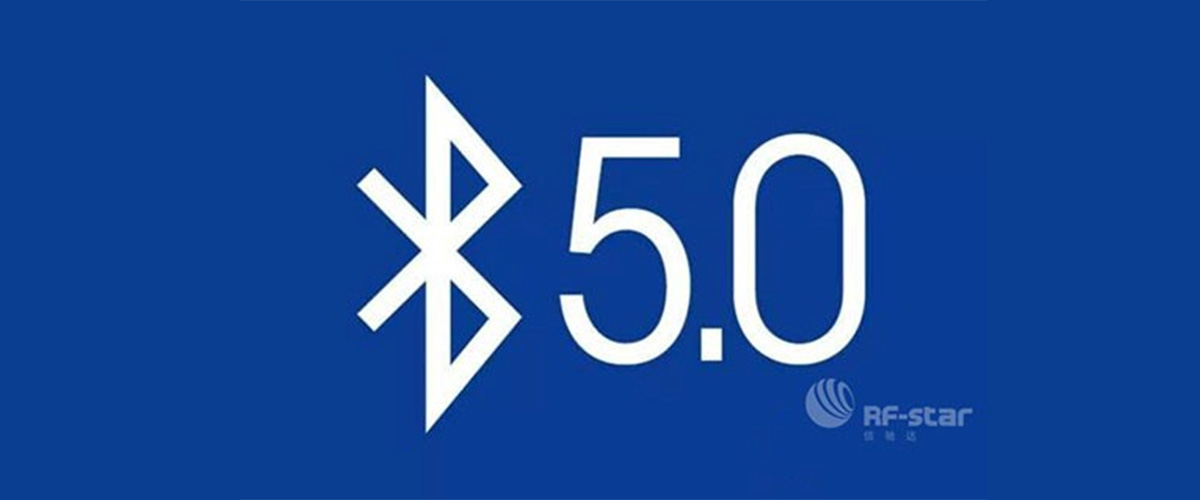
Para satisfacer los requisitos del mercado, Texas Instruments también lanzó el chip CC2642R compatible con ble 5.0. CC2642R es un chip basado en el núcleo arm ® cortex ® - M4F, que puede realizar una operación de punto flotante con alta precisión y puede recopilar datos precisos de los sensores. Es bien conocido por el núcleo avanzado y el alto rendimiento. Ahora TI ha comenzado la producción en masa del chip CC2642R. Posteriormente, RF-star ha diseñado un módulo CC2642R , llamado RF-BM-2642B1 . El tipo de módulo BLE trae nuevas soluciones de RF a las aplicaciones de Bluetooth.
Tal vez te preguntes: "¿ Cuáles son las diferencias entre CC2642R, CC2640 y CC2640R2F ?"
Bueno, vamos a silenciar sus diferencias por comparación en las siguientes partes.
Similitud de CC2642R, CC2640 y CC2640R2F
CC2640, CC2640R2F y CC2642R son dispositivos de radiofrecuencia de 2,4 GHz.
Los controladores de radio especiales CC2640, CC2640R2F y CC2642R son arm ® cortex ® - M0, que pueden manejar los comandos de protocolo de RF de bajo nivel almacenados en ROM o RAM, por lo que puede garantizar el consumo de energía ultra bajo y el bajo consumo de energía de el excelente dispositivo de flexibilidad no afectará el rendimiento de RF, con excelente sensibilidad y durabilidad. Pero su MCU principal es diferente.
Diferencias entre CC2642R, CC2640 y CC2640R2F
Diferencias en MCU principal
El dispositivo CC2640 contiene un núcleo arm ® cortex ® - M3 de 48 MHz.
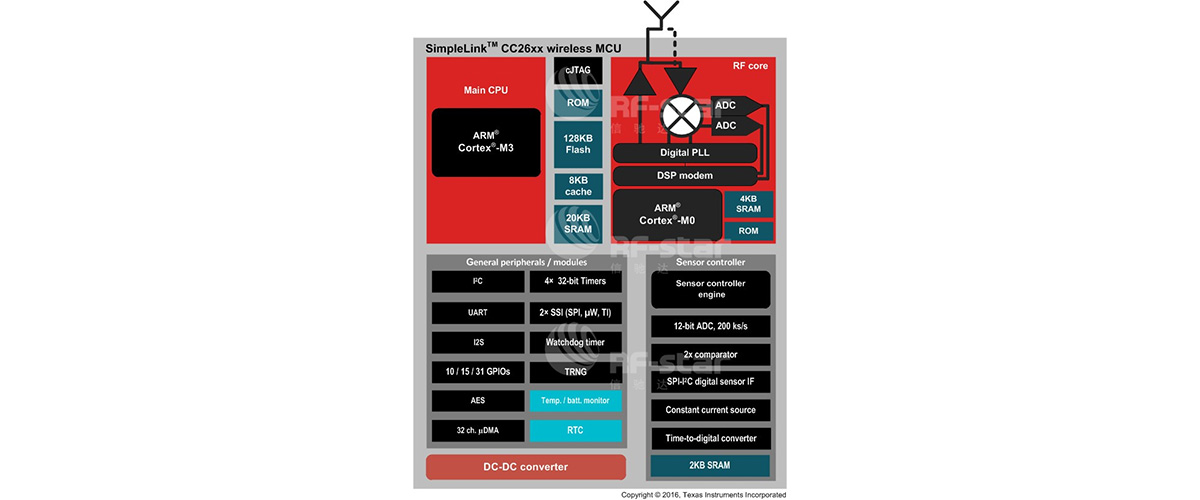
El dispositivo CC2640R2Ff contiene 48 MHz arm ® cortex ® - núcleo M3.
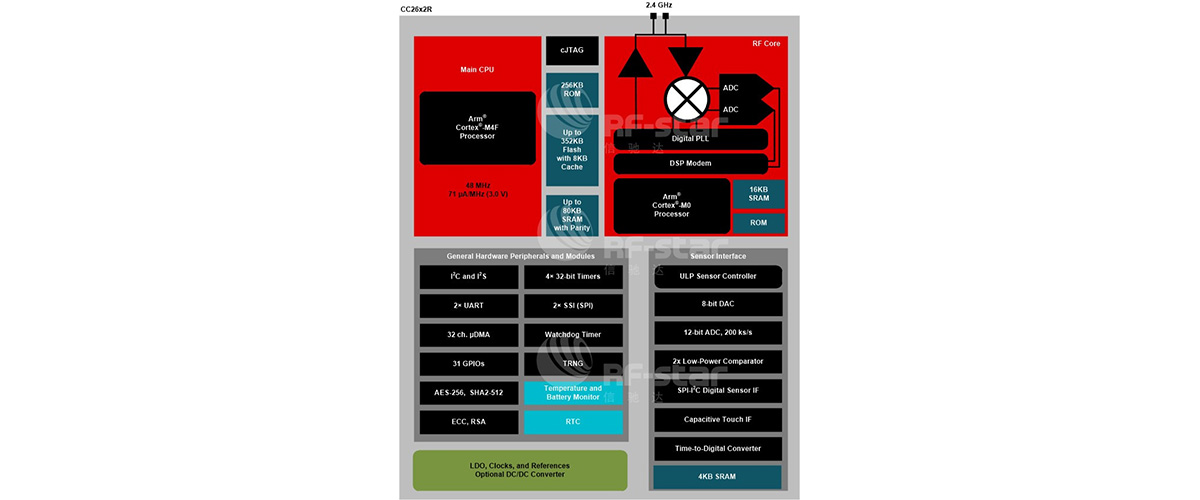
Differences in Protocols
The three chips support different protocols. CC2640 supports only BLE 4.2 protocol, while CC2640R2F supports both BLE 4.2 and BLE 5.0 protocol. CC2642R supports BLE 4.2 and BLE 5.0 protocol,too.
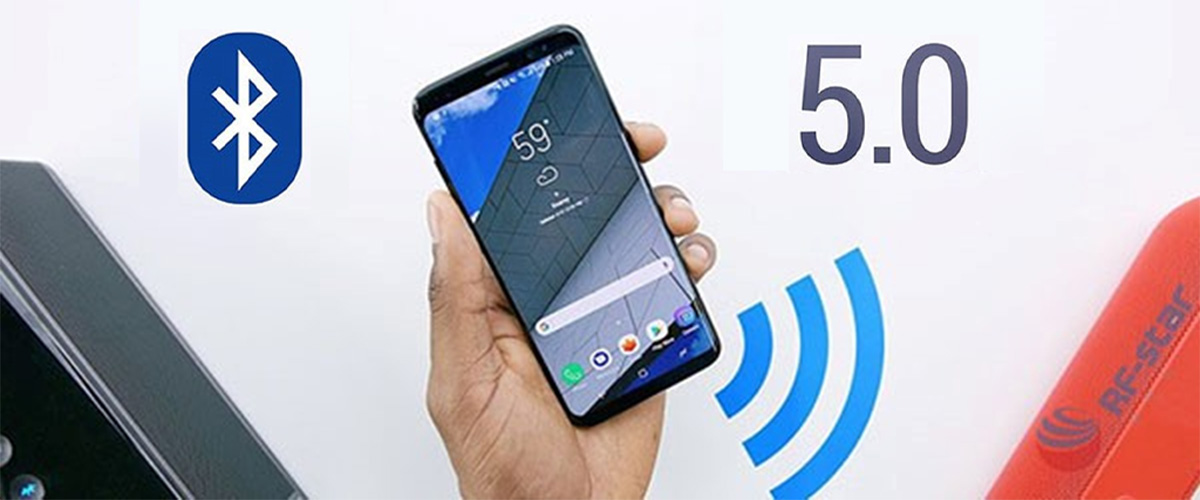
C2640 has 128KB system programmable flash memory, and a maximum of 28KB of system SRAM, of which 20KB is SRAM.
CC2640R2F has 275KB non-volatile memory, including 128KB system programmable flash memory, up to 28KB system SRAM, of which 20KB is SRAM.
CC2642R has 352KB system programmable flash memory, 256KB ROM and 80KB SRAM.
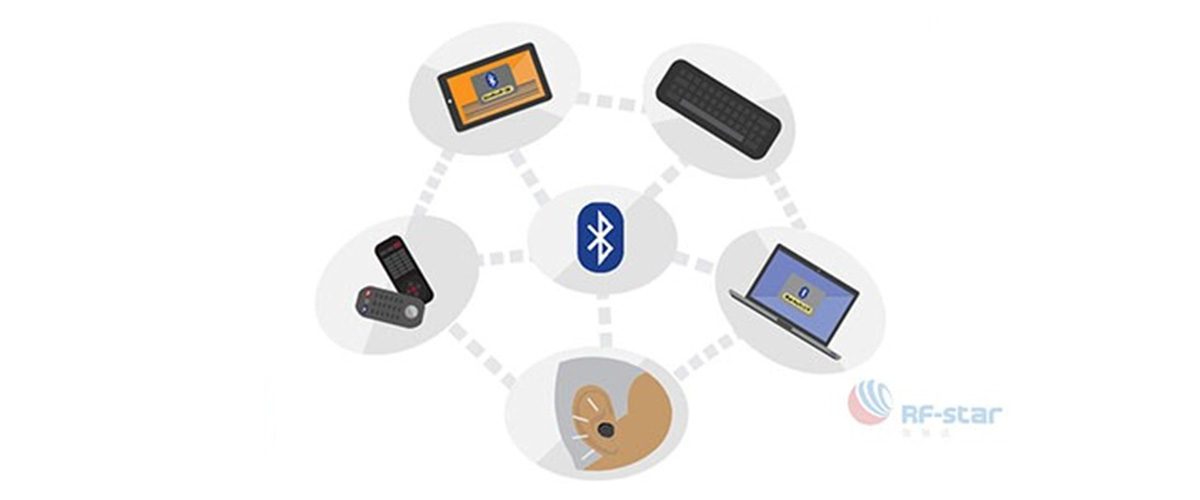
Differences in Parameters
In terms of the specific parameters of CC2640, CC2640R2F and CC2642R, CC2642R has a great breakthrough compared to the previous generation. The programmable memory in the system is more than twice that of the previous generation, and SRAM has been greatly expanded. It follows then that the CC2642R modules with rich memory are a good choice for BLE 5.0 applications.
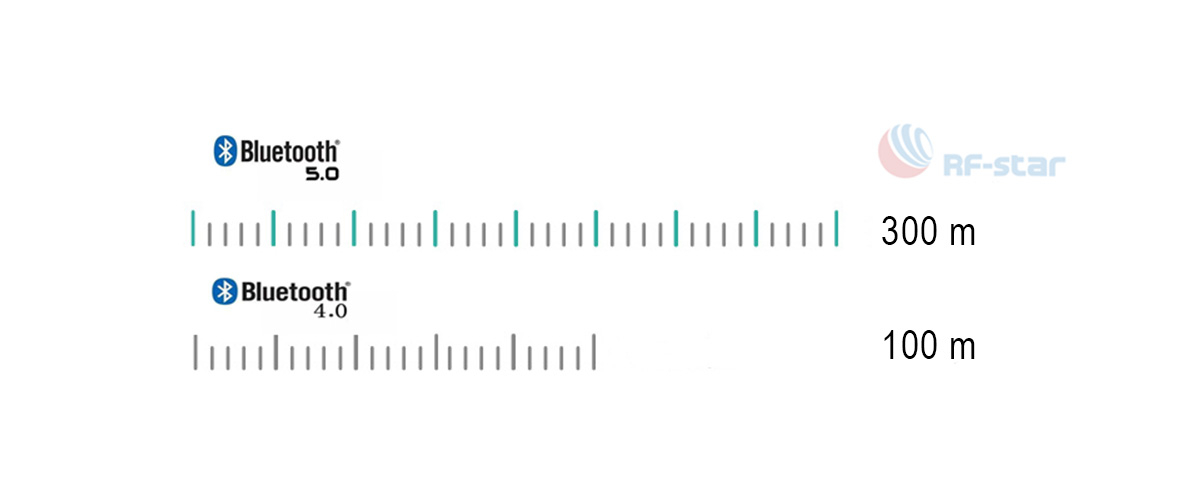
Compared with CC2640, CC2640R2F also has some differences. Under the BLE 4.2-based protocol, the CC2640R2F can provide 80kbytes of space, while the CC2640 is 31kbytes. CC2640R2F supports BLE 5.0, while CC2640 only supports BLE 4.2. Moreover, CC2640R2F doesn't only support the pin-to-pin QFN package, but also adds a smaller 2.7mm * 2.7mm chat-level package.
As we all know, BLE 5.0 has a longer communication distance compared with the change of BLE 4. X in the physical layer. Theoretically, BLE 5.0 has an effective transmission distance of 300 meters, but the distance of the previous BLE 4.2 was only 100 meters. However, in practical applications, the transmission distance of the signal is also affected by the Bluetooth device and the antenna power. For example, to save power and increase working time, the actual transmission range of Bluetooth audio is generally 10 meters no matter whether BLE 5.0 or BLE 4.2 the device used.
BLE 5.0 has a higher communication rate compared to BLE 4.2, with theoretical transfer rates doubling from 1Mbps to 2Mbps.
However, they do not have both, which is not to say that they can realize long distance at the same time. In high-speed Bluetooth communication, when realizing long distance, communication speed will be sacrificed, and when realizing high-speed rate, communication distance will also be sacrificed.
Are you clear about the differences among CC2642R, CC2640 & CC2640R2F?
To sum up, CC2642R with a rich memory and the excellent 48 MHz arm ® cortex ® - M4F core can help BLE 5.0 develop rapidly in the Internet of Things. The RF-BM-2642B1 with Ti CC2642R as the main MCU will bring new solutions to Bluetooth 5.0 applications. If you have any question about these three types of Wireless Modules or look for Bluetooth 5.0 solutions, please let us know via info@szrfstar.com.